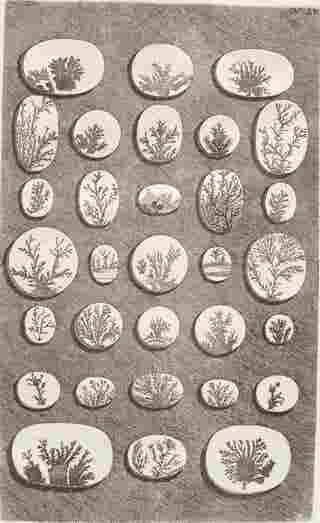Jessa Huebing-Reitinger
Jessa Huebing-Reitinger was born in Wisconsin in 1971. She grew up around horse farms in Florida and traces her career as a visual artist back to the age of twelve when she received her first paid commission from a horse farmer for an equine portrait in pastels. This was the beginning of a four year career, creating portraits of horses and dogs. After high school, she studied at the Kansas City Art Institute under Wilbur Niewald and Lester Goldman, graduating in 1993 with a Bachelor of Fine Arts in painting. During the next ten years, she painted prolifically, creating hundreds of works of art for solo exhibitions and commissions from non-profit organizations and corporate collectors.
Late in 2002, Huebing-Reitinger was “struck with a God-given vision” that sent her to the library. Leafing through one of many books on insects, a single photograph of a caterpillar captured her attention. At that moment, the memory of a childhood event came flooding back and she recalled witnessing the metamorphosis of a Luna moth as it emerged from its pupa. Her reaction to this memory made her realize how one small encounter can have a tremendous impact on an individual, opening up an entirely new perspective. She knew then that she wanted to create images of insects that would allow others to see these beautiful creatures in a different light, outside of cultural norms.
In pursuit of this vision, using insect specimens and a microscope, Huebing-Reitinger began creating over-sized portraits of insects. Acting on a suggestion from her husband, James Reitinger, she decided to execute the paintings within a public space, calling the concept Project InSECT. Because she did not have a scientific background, Huebing-Reitinger sought the help of the Entomology departments at Kansas State University and Kansas University. With their support she began educating herself. Over the last two years, the project has grown at a rapid pace. Project InSECT has been hosted at Kansas City’s Science City, the Kansas City Zoo, Powell Gardens, and the Henry Doorly Zoo in Omaha, Nebraska. Her future plans are to take the exhibition to the west coast and from there on to international exhibition.
Unlike most other artists or illustrators, Huebing-Reitinger does not sell her original works of art. Instead, she travels with them as an integral part of her exhibition. On location, she publicly creates new works, illustrating a continuing variety of specimens provided by zoos and other entomological collections. As her work evolves, so does the project. Her current focus is on endangered insects, such as the Nebraska Tiger Beetle. As a performance painter, Huebing-Reitinger’s process is also very different other illustrators. Dangling from a ladder, paint brush in hand, she sees herself as a bridge between the scientist and the general public.

